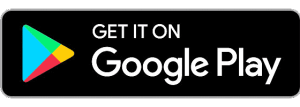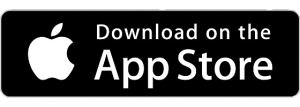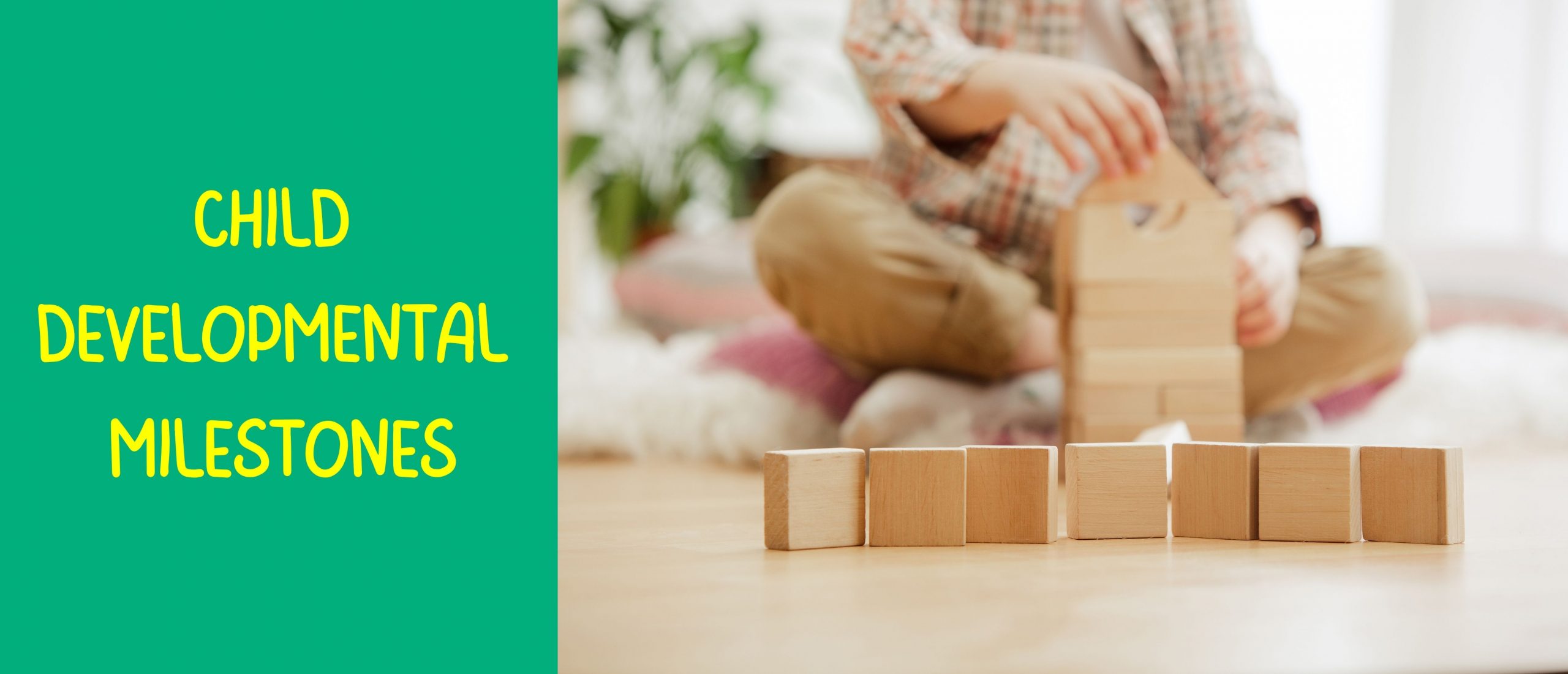
Child Developmental Milestones
Developmental milestones are a series of behavioral or physical checkpoints in a child’s growth. These are the foundational skills that newborns and toddlers should develop. Follow your baby’s milestones to monitor his or her growth and development.
Table of Contents
Milestones Category
There are the 4 main categories for our child developmental milestones:
- Feeding Milestones:
Feeding milestones help to track when your baby should start the next phase of feeding, such as finger foods, baby biscuits and solids. - Motor milestones:
Motor milestones are used to monitor a baby’s motor functions from their core and upper body movements, to their hands and feet. - Sensory Milestones:
Sensory milestones monitor the progress of a baby’s seven senses, such as when they will be able to track objects visually. - Communication Milestones:
Language milestones such as “when will my baby say her first words?” or “when will my child start responding to questions?” are the foundations to a baby’s communication and social development.
Remember that every child is different. Milestones show the month which most babies will start a certain behaviour or skill, the exact timing varies. Some children may achieve some milestones sooner than others and that is fine!
This does not mean that one child is more talented or that the other is behind in development. Instead, it reflects the individual differences that exist throughout the developing process. On the other hand, significant delays may suggest a problem that requires a visit to their paediatricians.
Developmental Milestones Checklist
New born: 0 to 1 month
“Usually sleepy in the first few days after birth“
Feeding
- Able to latch onto nipple/bottle
- Liquids such as milk/formula only. Cannot digest other food.
Motor
- They are usually sleepy in the first few days after birth before slowly shifting to a longer period of wake-time and physical activity.
- Not able to raise their head. Head falls backwards when made to sit.
- Opens eyes when held upright.
- Fists are usually clenched with arms stretched out.
Sensory
- May direct their gaze towards nearby sources of continuous sound, like as cooing. Often gets frightened by sudden loud sounds.
- Would move their limbs in response to high-pitched tones.
Communication
- Often smiles at mother and yearns for her.
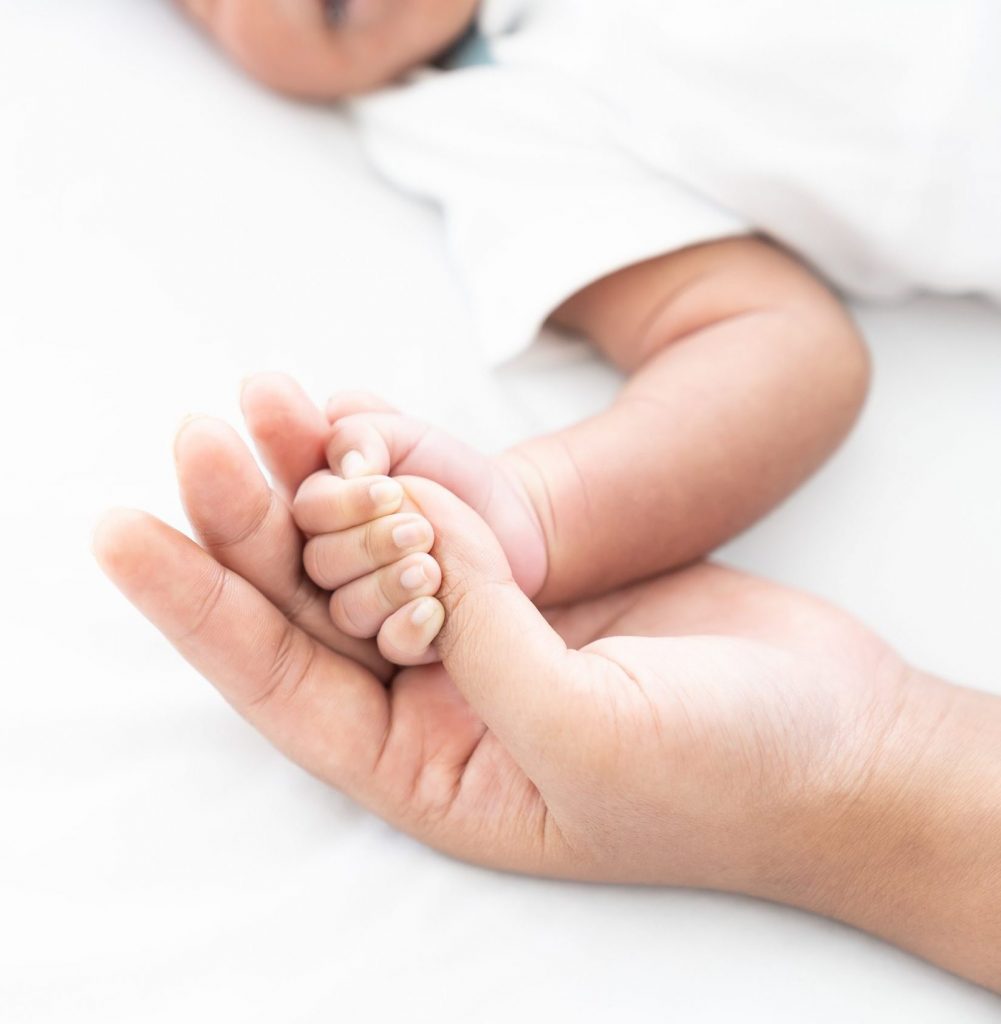
Infant Milestones: 1-12 months
In the 1st month
“Baby begins noticing and observing nearby faces while feeding and playing.“
Feeding
- Still on milk/formula
Motor
- When not being fed or carried, baby will still be asleep most of the time. Head still tends to droop to one side when lying down.
- Baby will make attempts to keep their head upright when carried.
- Arms and legs move in a jerking pattern, with the arms often being more active.
Sensory
- Baby’s eyes may follow slow moving objects and sounds that are nearby, with little head movements
Communication
- At around five to six weeks, baby begins noticing and observing nearby faces while feeding and playing before gradually moving to social smiles and responding to voices
At 3 months
“Baby can raise their head and chest during tummy time”
Feeding
- Still on milk/formula
Motor
- Baby can raise their head and chest during tummy time
- Can keep their head in midline position, with a smoother and more continuous arm and leg motions.
- Able to bring their hands from side to centre while kicking their legs either alternately or simultaneously.
- Able to support their upper body with arms during tummy time.
- Can move hands while playing
Sensory
- Baby’s visual alertness improves, particularly to nearby human faces.
- Baby may be observant to movements around them
- Begins to make eye contact.
- Develops greater interest of surroundings
- Turns head in the direction of sound.
- Starts to smile at joyful and familiar situations such as bath-times and other care routines with more vocals and excited movements
Communication
- Begins vocalising and smiling when spoken to.
At 6 months
“Baby can sit up with back straight and head in upright position”
Feeding
- Starts eating single ingredient, smooth, pureed food
- Shows interest in food
- Opens mouth when spoon approaches mouth
- Food/taste preferences develops
Motor
- Baby can sit up with back straight and head in upright position. Are also able to turn their heads to look around
- When lying faced up, baby lifts legs to grab feet or raises head to look at feet.
- Baby may begin to hold hands your hands and pull themselves to sit up.
- Baby starts to bounce when held in standing position
Sensory
- Eyes can now focus clearly on small objects within 15-30 cm from them and will reach out to grab with both hands.
- Teething begins and baby will start putting objects into mouth
- Starts to grab and shake objects that produce sounds
- Transfer objects from one hand to another
- Recognises familiar voices instantly
- Baby recognises parents and begins to fear strangers
Communication
- Begins vocalising more sounds such as laughs, screams when feeling annoyed and squeals loudly during play
- Baby starts to mimic sounds and vocalise one-syllable words such as “da-da”
At 9 months
“Baby begins to move across the floor by rolling and may attempt to crawl”
Feeding
- Able to sit in highchair
- Can hold items like bottle, bite biscuits and even help with feeding
- Starts eating smashed and lumpy foods
- Remains full for a longer period of time
Motor
- Your baby can sit and lean forward to pick up toys without losing their balance
- May start to take alternating steps when held standing
- Able to lift themself to a standing position for a few seconds while hanging onto a support, but falls backwards on their bum
- Starts using the index finger to poke at items and squeezing objects between the fingers and thumb in a pincer grip
- Begins walking with one/both hands held. Walks sideways when holding onto furniture. May begin taking a few steps independently
- Attempts to help with feeding and wearing their clothes
Sensory
- Develops a keen visual awareness of people and events around them, and is very aware of noises and voices.
- Points at things that spark their interest
Communication
- Starts to understand simple terms like “no no” and “bye bye”, or even simple word instructions such as “Give to Daddy” or “Come to Mummy”
- Begins to respond to own name
- May start to mimic when parents speak and actions
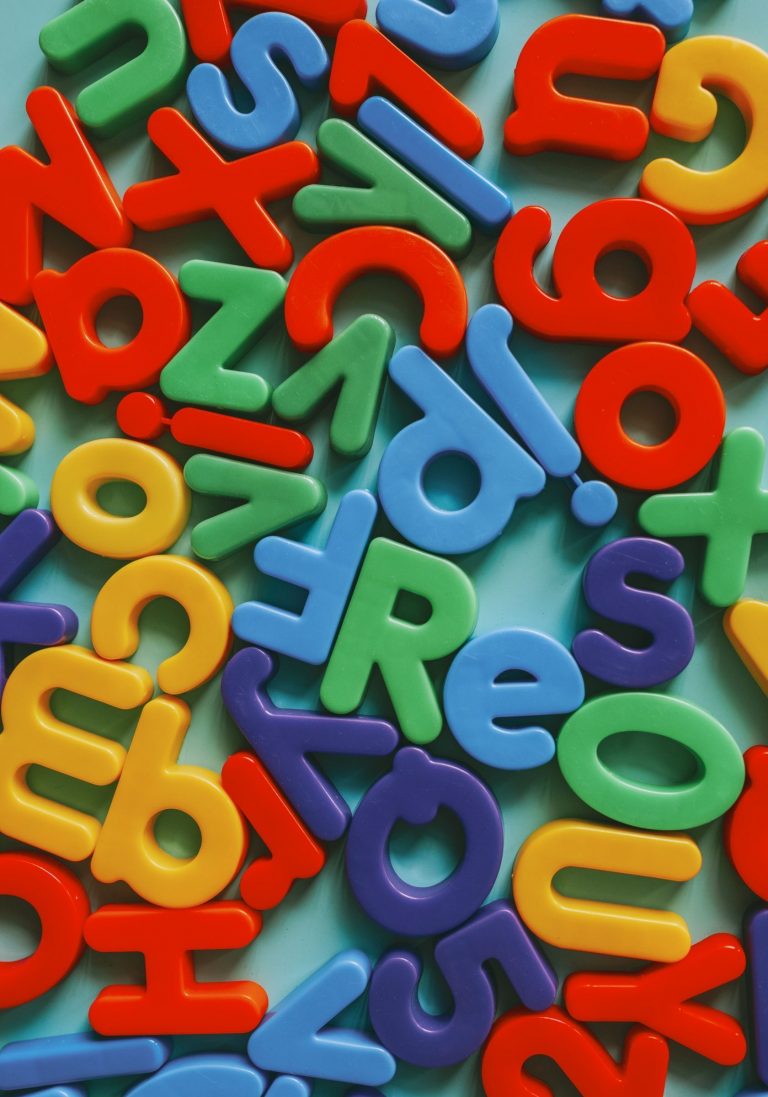
At 12 months
“Baby may start walking alone! “
Feeding
- Starts to eat more types of food, drink from an open cup or with straw
- Try soft vegetables, fruits and finger foods
- Finger feeds themselves
- May begin feeding themselves with spoons
Motor
- Can pull themselves up to a standing position, walk and sit down without support
- Turn pages of books and puts objects into cups/bowls
Sensory
- Responds to their own name
- Start developing separation anxiety and clings onto parents
- May grow attachments to objects/toys
Communication
- Responds to their own name and “no”
- Begins to understand simple instructions
- Can say “mama”, “papa” and at least couple other words
- Wave hello or goodbye
- Frequently imitate others
Toddler Milestones: 1 – 3 years old
At 15 months
“Copy Cat!“
Feeding
- Should have 3 meals and 2-3 scheduled healthy snacks a day
- Can eat ground, mashed, or chopped table foods
- Becoming pickier with food
- Can drink from a cup
- May be able to use a spoon but will most likely prefers to use fingers.
Motor
- Takes a few steps on their own
- Will attempt to use objects (phone, cup, book) the correct way
- Stacks at least a couple of small objects, like blocks
- Can walk alone and start to run
- Climbs on furniture
Sensory
- Mimics other children while playing
- Always showing you objects they like
- Claps when excited
- Hugs stuffed doll or toys
- Shows you affection (hugs, cuddles, or kisses you)
Communication
- Tries to say one or two words other than “mama” or “dada”
- Will look at a familiar object when you name it
- Gives you toy when you ask for it and holding your hand out
- Points to ask for help or for something
At 18 months
“Baby starts to run but lacks balance and falls often “
Feeding
- can feed themselves using a spoon and cup
- Eat coarsely chopped table foods, including meats and raw vegetables
- Begins chewing with lips closed
- Drink from a cup well without spilling out of their mouths
Motor
- Starts to run but lacks balance and falls often
- Can walk up stairs while holding on with one hand
- Stacks more toy blocks to create a tower
Sensory
- Imitate scribbling
- Turn two or three pages of a book at a time
- Capable of showing affection
- Able to listen to a story and look at the pictures in a book
- Can say 10 or more words when asked
- Starts exploring their environment
- Can identify one or more parts of the body
- Has bowel control
Communication
- Understands and is able to point to and identify common objects
- Starts imitating household chores
- Capable of removing some clothing items, like socks and shoes when told to
- Starts to develop a sense of ownership, identifying people and objects by saying “My/Mine”
At 2 years old
“Starts wearing clothes on their own!“
Feeding
- Swallows well from a cup
- Swallows food well with no loss of food
- Chews with jaw movements in all directions (round and round, up/down and side to side)
- Can spot the difference between food and non-food items
- Scoops foods with a spoon with some spills
- Starts to stab food with a fork and bring it to their mouths
- Shows clear likes and dislikes of some foods
Motor
- Can walk without assistance, and run
- Can raise their bodies without using hands
- Can climb up and down stairs two feet per step
- Able to kick a ball
- Climbs onto and down from furniture unassisted
- Turn picture book pages one at a time,
- Begins coordinating movement of one hand to help the other
- Puts on simple clothes without help
Sensory
- Recognise details in pictures and body parts
- Shows great curiosity and fascination to explore things
- May get rough when does not want to share their things
- Gets curious on how objects work and tends to attempt on breaking toys apart. Toys purchased at this age should not be easily broken or torn apart
Communication
- Able to communicate needs such as thirst, hunger, and the need to use the toilet
- Begins joining 2-3 words in sentences
- Vocabulary increased to about 50 to 300 words
- Uses own name to refer to self
- Can understand two-step commands sch as “give me the ball and then get your shoes”
- Imitates the behaviour of others, especially adults and older children
- Starts to develop make-believe play
- Demonstrates increasing independence
- Starts responding with “No!” very often
- Starts to throw ‘Temper Tantrums’
What should I do if my child is missing their developmental milestones?
Remember that every child is different and milestones usually happen within a broad age range. If you do notice that your baby isn’t reaching their key developmental milestones, or may have developed certain habits like picky eating, book an appointment for a Childhood Developmental Screening test at any of our clinics or at the comfort of your home with our Home Visit service.




